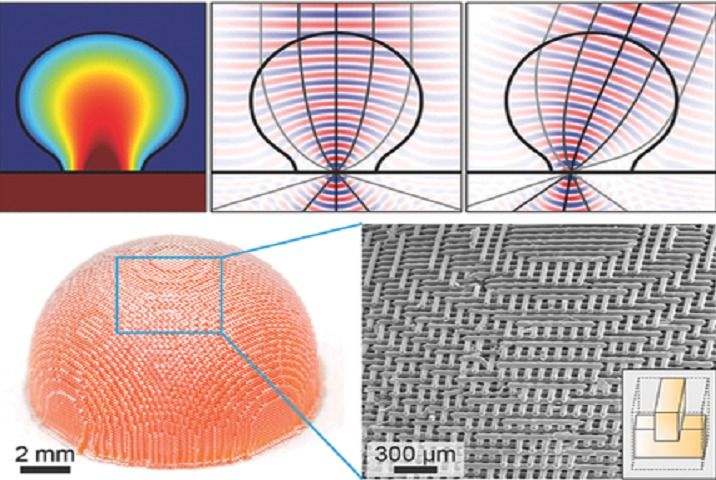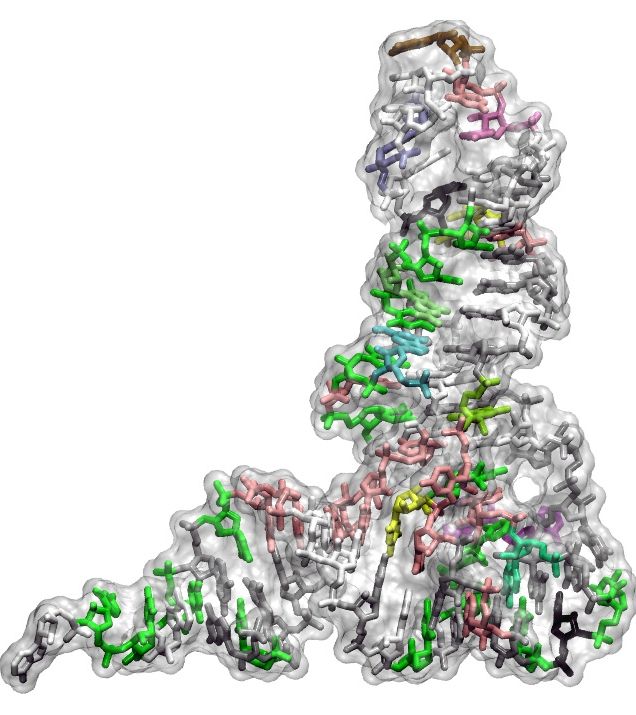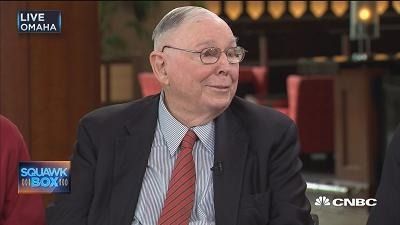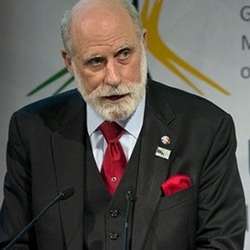May 2, 2016
Raytheon developing technology to make software “immortal”
Posted by Karen Hurst in categories: computing, engineering, life extension, military
Making software immortal; Raytheon is trying to make it a reality.
CAMBRIDGE, Mass., May 2, 2016 /PRNewswire/ — A team led by Raytheon BBN Technologies is developing methods to make mobile applications viable for up to 100 years, despite changes in hardware, operating system upgrades and supporting services. The U.S. Air Force is sponsoring the four-year, $7.8 million contract under the Defense Advanced Research Projects Agency’s Building Resource Adaptive Software Systems program.
“Mobile apps are pervasive in the military, but frequent operating system upgrades, new devices and changing missions and environments require manual software engineering that is expensive and causes unacceptable delays,” said Partha Pal, principal scientist at Raytheon BBN. “We are developing techniques to eliminate these interruptions by identifying the way these changes affect application functionality and modifying the software.”
Continue reading “Raytheon developing technology to make software ‘immortal’” »
















